Water Gardening – 10 Myths: 10 Facts
Backyard ponds and water gardens have always had a bad reputation, and for a while they deserved it. The methods and technology that built the ponds of yesterday often yielded high-maintenance monsters that sucked in time and money much more quickly and efficiently than their debris-clogged pumps sucked in water.Today, all that has changed. Thanks to new techniques and technologies, a backyard water garden can be a low-maintenance personal paradise. Still, ponding myths persist that may unnecessarily discourage those pining for a water garden of their own.
Myths and Facts
Myth: Small water features are less work. Quite the opposite as water features get larger they become easier to maintain. Aquarium hobbyists know it’s much easier to achieve a healthy, stable tank with more water, not less. Small water features rarely have the flow or capacity necessary for long-term stability and soon need lots of maintenance. However, properly designed ponds are able to achieve ecological balance. As water gardens become larger, they also become more stable, and with each passing year as plants, bacteria colonies and other vital life becomes established the pond requires less maintenance. Myth: You should never have algae in your pond. Not true green algae, in proper proportion, is beneficial plant life. Fish eat algae, and it’s part of the ecology of any living, healthy pond. Pristine, UV-sterilized or chemically-treated water is dead by comparison. Too much algae has a simple cause: too much sunlight. That’s why a well-designed natural pond includes shade sources from landscaping and aquatic plants.
Myth: Maintaining a water garden is a constant headache. It doesn’t have to be. Ecologically-balanced water gardens let Mother Nature do the heavy lifting. Make sure the water garden you install works with Mother Nature, not against her. Top-quality ecosystem pond kits include mechanical and biological filtration, lots of aquatic plants, fish, active bacteria and plenty of rocks. No water testing, no chemicals, no clogged-up filter screens, no standing water and no mucky bottom that needs constant draining and cleaning.
Myth: Ponds need daily water testing and corrective treatment. The fact is, if the pond is not chemically dependent, there’s nothing to test for. Mother Nature never tests her water. And, she doesn’t use any store-bought chemicals or pharmaceuticals. Stick to the program of ecosystem water gardening and let the pond grow healthy on its own.
Myth: To keep fish, water gardens need to be deep. Just how deep is “deep”? In this case, two feet deep is as good as a mile. Fish, including koi, hibernate in ponds just 2-feet deep through winters as cold as Minnesota’s Zone 4 bone chillers. A small circulating agitator pump and heater are all you need to keep a “breathing hole” in the ice and oxygenate the water for your fish.
Myth: Water features are breeding grounds for mosquitoes. Sure, mosquitoes breed in still, standing water, but a well-designed backyard water garden has lots of water flow, in which mosquitoes don’t like to breed. Also, ponds and water gardens support fish, frogs, toads and other wildlife that are natural predators of mosquitoes.
Myth: Water gardening involves a lot of hard work. Not necessarily. A well-designed ecologically balanced pond needs only a scoop of powder or liquid bacteria every month or so, the skimmer basket cleaned weekly, plus an annual clean-out in cold climates. In gardening terms, an ecologically balanced pond is about as much work as maintaining an established perennial border, minus the weeding and watering. Aquatic plants water themselves. The big maintenance item is a recommended annual spring clean out. Many opt for a contractor to do the spring cleaning ($200-300).
Myth: A water garden costs a fortune. A water garden is certainly an investment, but it no longer has to be a money pit. At the most affordable end of the spectrum, DIY kits with everything included retail for $700-900, plus another $600 for the large or live stuff that doesn’t come in the box (rocks, pebbles, fish, plants, etc.). Total: $1,300-1,500, plus a healthy amount of sweat equity for an 8×11-foot pond and waterfall. Professional installations start at approximately $4,000 and average $6,000-8,000. Inexpensive fish and plants are easily found. Running a high-efficiency pump all day, every day will add about $30-40 onto a monthly electric bill. Low-maintenance water gardens are considered good landscaping investments that can pay for themselves in increased home equity.
Myth: Predators will eat all your fish. Predators are out there, but there are things you can do to protect your fish. Koi lovers beware, in shallow water garden ponds your “gazillion” dollar prize specimens are at risk, mainly from blue herons or muskrats. But, whether you have pedigree koi or the inexpensive lovable “mutts” that most pond lovers prize, you can fight back. An inexpensive motion-activated water spraying system will deter herons with a timely jet of water. Muskrats are not as common in backyard ponds, as they prefer to hunt in large bodies of water. Raccoons don’t care to swim for their supper, preferring to dip into the buffet from the banks. A pond that’s at least 8-feet wide will deprive these varmints of dry access to the deepest part of the water garden.
Myth: Any contractor or landscaper can build a water garden. Building a pond and building it right are two different things. Building ecosystem ponds is a relatively new specialty. Even a good landscaper isn’t necessarily knowledgeable in the concept, design or construction that makes an organic water garden system work. Also, much of the literature and information still in circulation does not relate to ecosystem water gardening. Make sure that the installer is a trained, certified installer of ecosystem ponds.





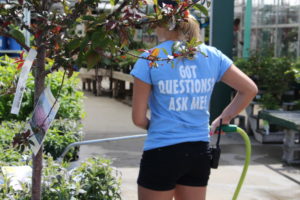

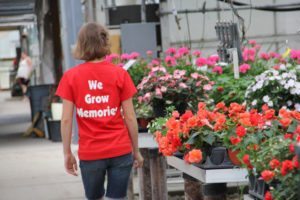
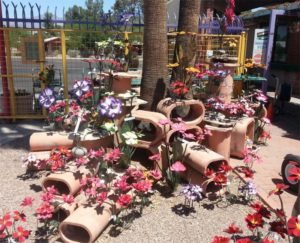
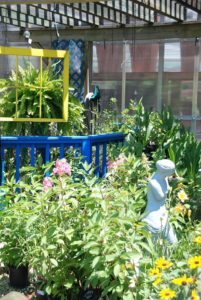
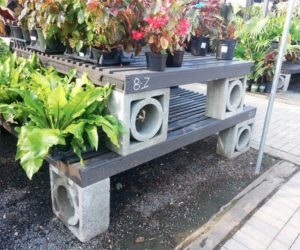

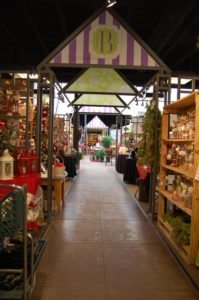
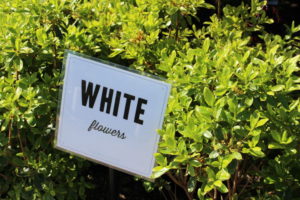
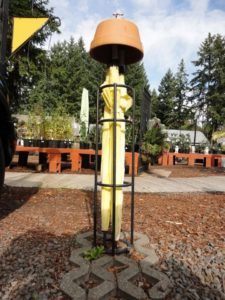
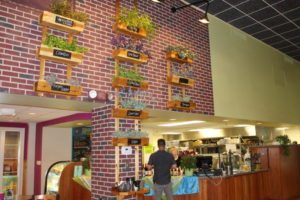
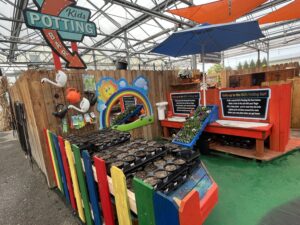
 Videos
Videos





